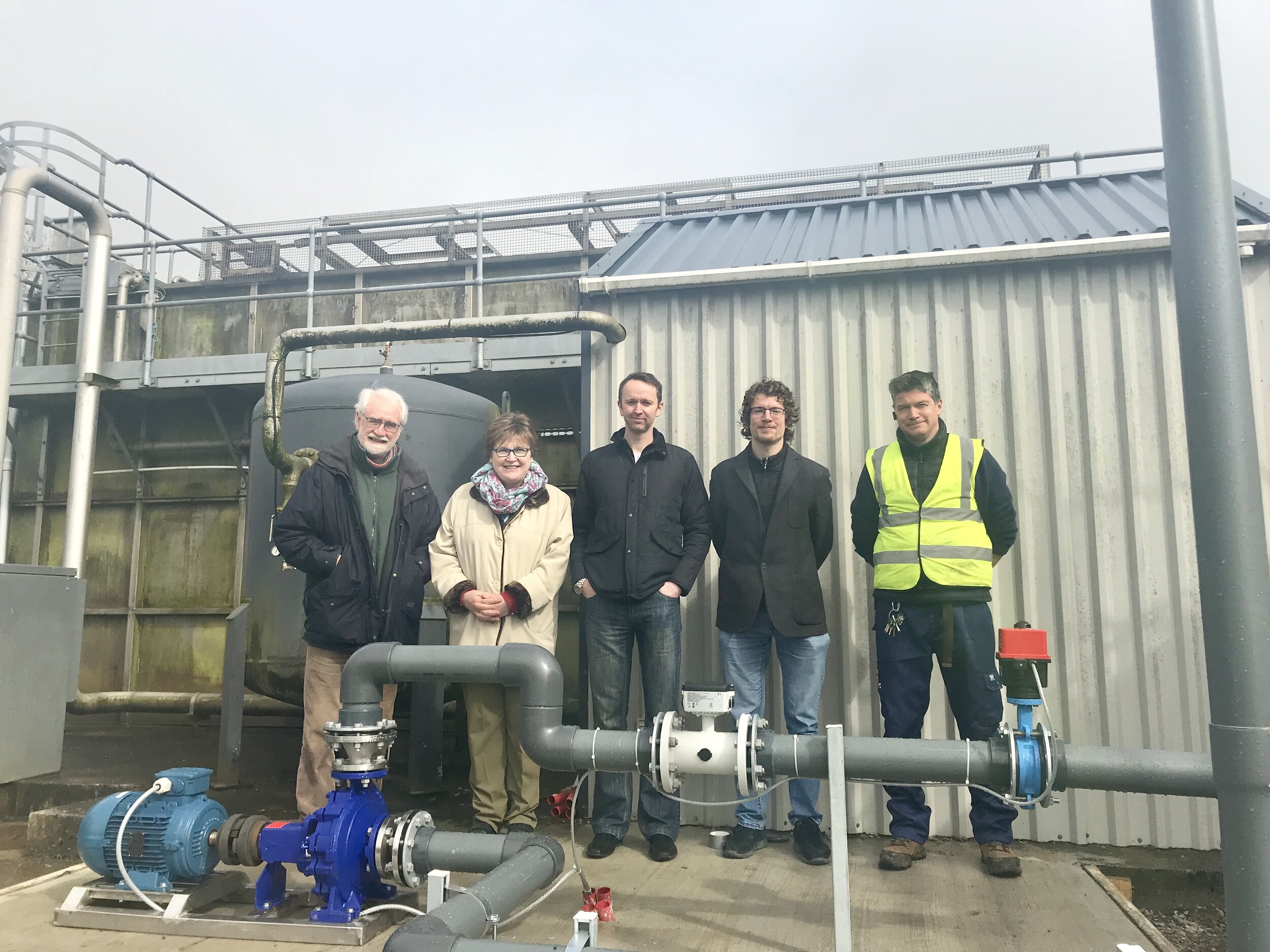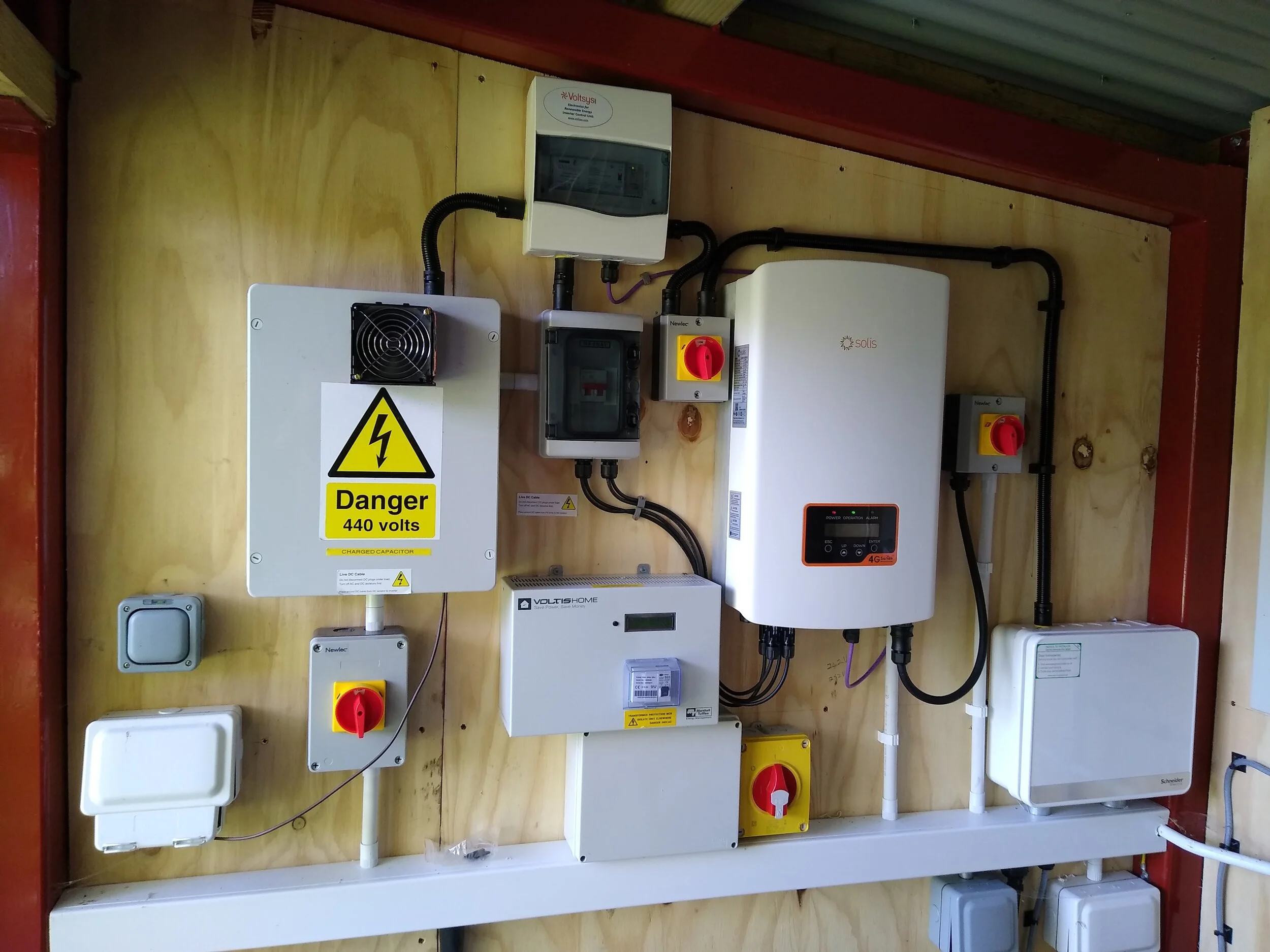Phase II of the Dŵr Uisce project aims to build on achievements to date in the development of low-cost micro-hydropower technology and heat recovery systems for wastewater networks. The project will specifically develop:
· Early detection systems for turbine failures and maintenance
· Applications of micro-hydropower in mines
· Heat recovery systems for commercial kitchens with combined grease traps
· Life cycle assessment of energy efficient wastewater treatment works and alternative sources of water heating
· Adaption of hydropower turbine designs to cater for the impacts of climate change on their operation
· Citizen science events focused on gathering data on the linkages between energy use and water use
Dr Aonghus McNabola, from Trinity College Dublin, said: “This extension in funding for the Dŵr Uisce project allows us to maintain the expertise built up in our team of 10 PhD students and postdoctoral researchers, and enables us to build on the work completed to date by pursuing the new research opportunities that have arisen in the first 3 years of the project. The additional funding and time will help us to create new opportunities to save energy in different markets of the water industry.”
Dr Prysor Williams, from Bangor University, said: “The work within the Dŵr Uisce project will help achieve those environmental and economic ‘win–wins’ that are so important for Wales to meet its ambitious targets in reducing greenhouse gas emissions. Securing this EU funding extension is excellent news, and we are looking forward to bringing our expertise to a project that will have significant benefits for Welsh industries, consumers, and the wider environment.”



























